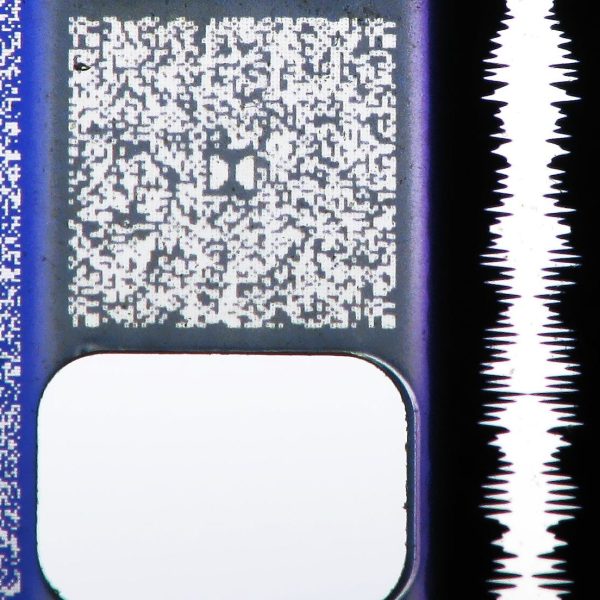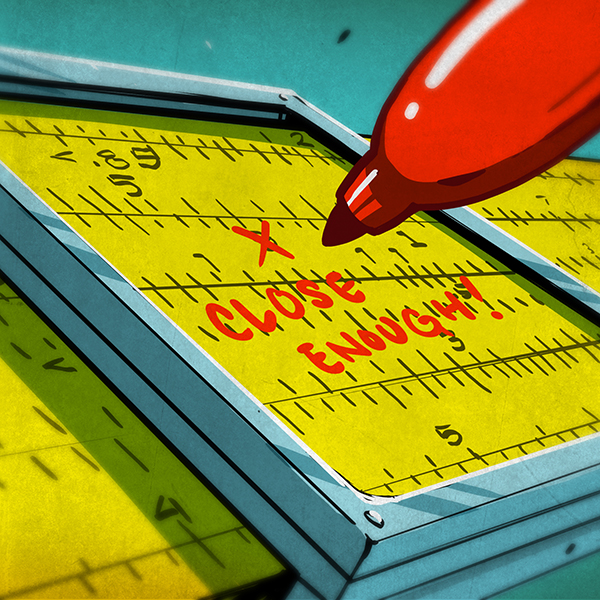We like cyberdecks here at Hackaday, and in our time we’ve brought you some pretty amazing builds. But perhaps now we’ve seen the ultimate of the genre, a cyberdeck so perfect in its execution that this will be the machine of choice in the dystopian future, leaving all the others as mere contenders. It comes courtesy of [Sector 07], and it’s a machine to be proud of.
As with many cyberdecks, it uses the Raspberry Pi as its powerhouse. There are a couple of nice touchscreens and a decent keyboard, plus the usual ports and some nice programmable controls. These are none of them out of the ordinary for a cyberdeck, but what really shines with this one is the attention to detail in the mechanical design. Those touchscreens rotate on ball bearings, the hinges are just right, the connections to the Pi have quick release mechanisms, and custom PCBs and ribbon cables make distributing those GPIOs a snap.
On top of all that the aesthetics are on point; this is the machine you want to take into the abandoned mining base with you. Best of all it’s all available from the linked GitHub repository, and you can marvel as we did at the video below the break.
If you hunger for more cyberdecks, this one has some very stiff competition.


















